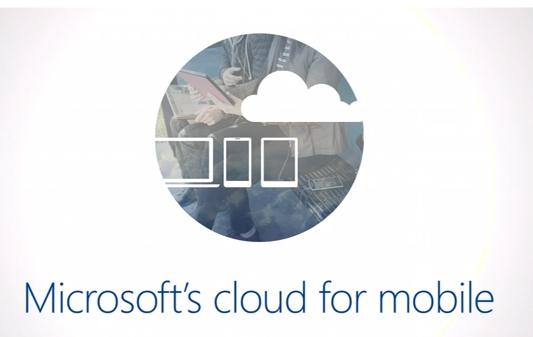Microsoft's Office for iPad: It's all about the business users

I've seen quite a few stories in the run-up to Microsoft's March 27 announcement about Office for iPad claiming that Microsoft is providing too little, too late with its newest Office suite.

I think those blog posts and commentaries ignore the primary target audience for the new suite: Business users.
CNET Video: Microsoft Office for iPad in action
I am sure there are some business users, especially in Silicon Valley, who can say—with a relatively straight face—that it's been years since they've seen a Microsoft PowerPoint file. But here in the rest of the (real) world, many businesses of all sizes have standardized on Microsoft Office.
That's why Microsoft's decision to make full functionality of the Office for iPad suite available to those with Office 365 subscriptions isn't as nutty as some (nuts) are claiming. To unlock features like OneDrive for Business document storage or create a new Excel spreadsheet, users must have a "qualifying" Office 365 plan. While a couple of those plans are aimed at consumers/students/home users, the other eligible Office 365 plans are for small businesses, mid-size businesses, enterprise customers and government users.
Here's what you can do with the free (no Office 365 subscription required) version of Office for iPad: View documents, copy and paste between documents, share via attachments, and present using PowerPoint. To create new documents, edit and format them, save to OneDrive or SharePoint, you need to pay for an Office 365 subscription.
Office on iPad was just one part of Microsoft CEO Satya Nadella's message today about the intersection of mobile and cloud. The other part was, again, very much focused on Microsoft's enterprise-user sweet spot. Microsoft's Enterprise Mobility Suite (EMS) is a management play for big business customers who need to manage not just Windows and Windows Phone devices, but also Android, iOS, and Mac OS ones. Big business users = big money.
Featured
Think about this from Microsoft's perspective. What's more valuable to Microsoft? The $10 or so one-time fee the company might have charged iPad users for the full-featured versions of Word, Excel, and PowerPoint for the iPad? (Minus the 30-percent cut Microsoft would have to pay Apple for selling a paid app through its store.) Or a chance to get recurring subscription revenues from iPad users who might need Microsoft Office—and nothing but Office—in order to insure full document fidelity at work? Plus a chance to try to get users hooked on other cloud services, like OneDrive cloud storage, the Windows Intune device-management service and Azure Active Directory Premium.
Would I go so far as to claim Office on iPad is a loss leader for Microsoft, given Office 365, OneDrive, Windows Intune and Azure are the assets Redmond is counting on for future growth? Why, yes, yes I would. No one from Microsoft will say this on the record, of course. But somewhere, in an Excel spreadsheet deep inside the hallowed Redmond halls, that very calculation has been made.